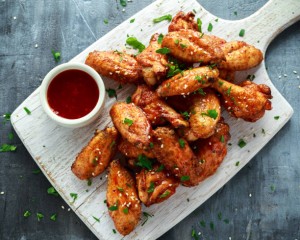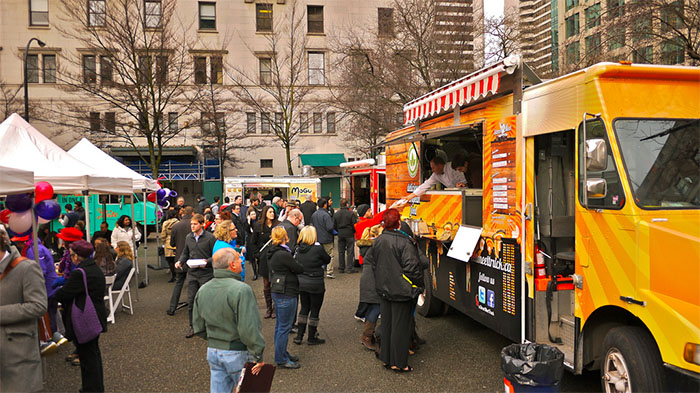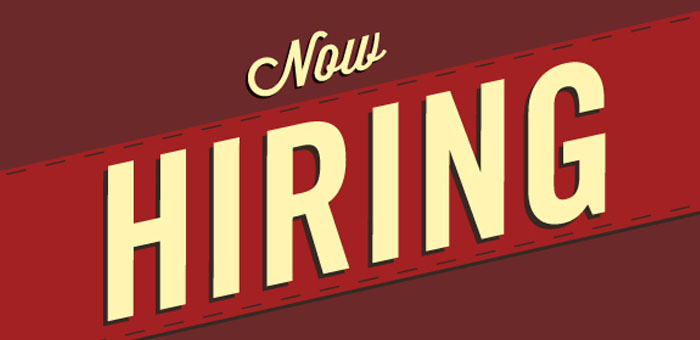Wondering how to set your menu prices? The first step is to figure out exactly how much you’re spending on the ingredients to make each menu item. Without going through this important process, you could be losing money with each sale. And losing money is never good for business longterm.
The success of your business depends on your food cost. Charge too much and you’ll turn customers away. Charge too little and you won’t be able to pay your bills and continue to operate. It’s all about setting the right food cost that allows you to balance the two goals.
Don’t worry. I’m here to help you out with this challenge with a menu and food cost calculator you can download and use in an Excel spreadsheet. You won’t be doing any complex mathematical calculations either. The food cost calculator tool does it this for you.
This recipe cost template is easy to use and will help ensure each dish you serve is profitable. Let’s get into it.
Page Contents
Recipe Cost Template
Our recipe cost template comes in both online and offline platforms so you have options to choose from in Excel or Google Docs:
These spreadsheets contain a template that has all the necessary data that can calculate your food cost. All you have to do is fill in the information needed such as the original recipe’s data, desired number of servings you’d wish to yield, the ingredients, and its original cost.
The template will calculate how much the recipe costs to make and how much you should charge to operate at a profit. The tool will multiply your food cost by 3 to determine a suggested menu price that can be charged to customers. More details on determining your menu price below, but a 3x markup on menu items is an agreed upon industry standard. There is some nuance to this, however, as I’ll explain below.
Complete each field in the spreadsheet and you’ll end up with the total recipe cost, the total cost per serving, and the recommended retail price for the recipe.
How To Use The Recipe Cost Template
To use the template, just follow these instructions and watch the explainer video below to get started:
Step 1: Input the Original Recipe Data
Place a name for your recipe on the top right portion of the template. You can then start by filling in the data required under the “original recipe” area. Input the total recipe yield (in ounces) and the number of servings that the original recipe can serve.
In the area to the right, enter the desired number of servings. The “scale factor” will then automatically calculate.
Step 2: List Down the Ingredients
List down all the ingredients you need in your recipe. Don’t skip out even the tiniest detail such as seasonings. You can list down a total of 27 ingredients in our template. Should you wish to add more, just add rows to the spreadsheet.
Step 3: Input the Bulk Size and Bulk Cost
Enter the bulk size of the ingredient in ounces and then the cost of those ingredients. Entering the data for these two will have the template automatically calculate the “Cost per Ounce.”
You Might Like: Understanding the Difference Between Actual and Ideal Food Cost
Step 4: Enter the Data for Recipe Amount
Input the “Recipe Amount” for each ingredient. This is the amount required in your original and unscaled recipe. You’ll find that the scaled amount is automatically calculated as well as the cost of the ingredient.
Once you fill out the data for each ingredient, this will give you your Total Recipe Cost and the Total Cost per Serving. The template also shows you a Recommended Retail Price which is multiplying your cost per serving by 3. This is because your raw ingredient costs are around 1/3 or 33% of your retail price.
Additional Feature
Sometimes, when you follow a recipe, the number of servings you end up with can be different. For instance, if you made clam chowder good for 24 servings, you might end up with 20 instead. Well, no worries because our template can do the food costing adjustments for you.
On the top of the template that says “Number of servings obtained”, input the data you have. In this example, enter 20. Once you’ve done that, you’ll find the corrected cost per serving and the new recommended retail price.
For a more detailed guide, check out our video on how to use the recipe cost template here.
Money Saving Recipe Collections and Tips

How much did this bowl of Ramen cost to make?
There are many ways to keep your food costs more affordable. The following are tips you can follow:
Buy in Bulk
Buying ingredients in bulk, especially fast moving items, saves you money. Sellers usually price them differently and at a discounted rate. You may think, “Oh, it’s only a couple of cents off.” But there’s a huge difference once you check your total year’s savings. For example, saving ten cents on an ingredient you use on a daily basis could amount to thousands of dollars in annual savings depending on your scale.
Buying From Direct Suppliers or Sellers
Buying in grocery stores can give you a different price than buying from direct suppliers. They’re also discounted and can help you save money. You also get good deals and can build a partner relationship with them wherein they can possibly give you extras or freebies.
Check Out What’s On Sale
Always check out the aisles that offer produce on sale. The prices are marked down which helps you save. However, you have to be careful when choosing products on sale. But be careful because some on-sale ingredients could be reaching their expiration dates. But if you’ll be using the items before they expire, it’s okay. Also if you can stock-up on supplies like canned food or seasoning, you’ll need to worry less about spoilage.
Buy in Season
If you buy fruits and vegetables in season, you’ll end up with a cheaper and more affordable price. But be smart in choosing the ripeness of your fresh produce. If you’re going to use them in a few more days, choose produce that will also ripen in a few days.
Compare Prices
Make it a habit to go around different markets and grocery stores occasionally. If you stick to one store on your initial grocery run, you might not discover other cheaper prices. Do your research and check other prices at different stores. Once you know which items cost less in a certain store, that’s how you know where to buy your stuff.
How much should you charge for food?

How much would you charge for chicken wings and dipping sauce?
There is no single correct answer as to how much you should charge for food. Conventional wisdom says you should not have your food cost exceed 33%. The assumption is this leaves enough margin with the 66% to cover other expenses like labor and a lease.
But this 33% food cost rule is broken all the time in the real world. Take for example a shaved ice business that pays 25 cents on food cost and sells the cup to consumers for $3.00 or more. Using this basic example, the food cost would only be 8.33%.
And guess what… That’s totally okay because the market will bear this price that is more than 33% of the ingredient cost. If the shaved ice vendor was brought the menu price down to $1.00 per cup, they would be required to sell a whole lot of shaved ice to be viable business.
The better the profit margin, the better the more profitable you’ll be from a business perspective. But you also need to consider what the market will bear for a food item.
Some consumers will go for a $25 gourmet hotdog with premium ingredients. But you wouldn’t be able to offer a mass-market product at that price point. This would be considered too expensive for most consumers.
Here are some other considerations to take into account when determine your menu price:
- Competition – Do an occasional competition check on your competitors and see if the price range can compete with them. It’s not advisable to price your items extremely lower or higher than theirs. But this also depends whether you are an upscale or casual restaurant. In conclusion, know who your competitors are to better understand your pricing setup.
- Gross Profit Margin – Understanding your gross profit margin helps you analyze how to get a desirable net profit. Food costing isn’t enough. You’ll also have to weigh in your labor expenses. So know your gross profit margin and then compare these with your food costs.
Are you excited to start your new business? I hope this guide on determine menu food cost is able to help you on your way to starting a restaurant, catering business, or food truck.




